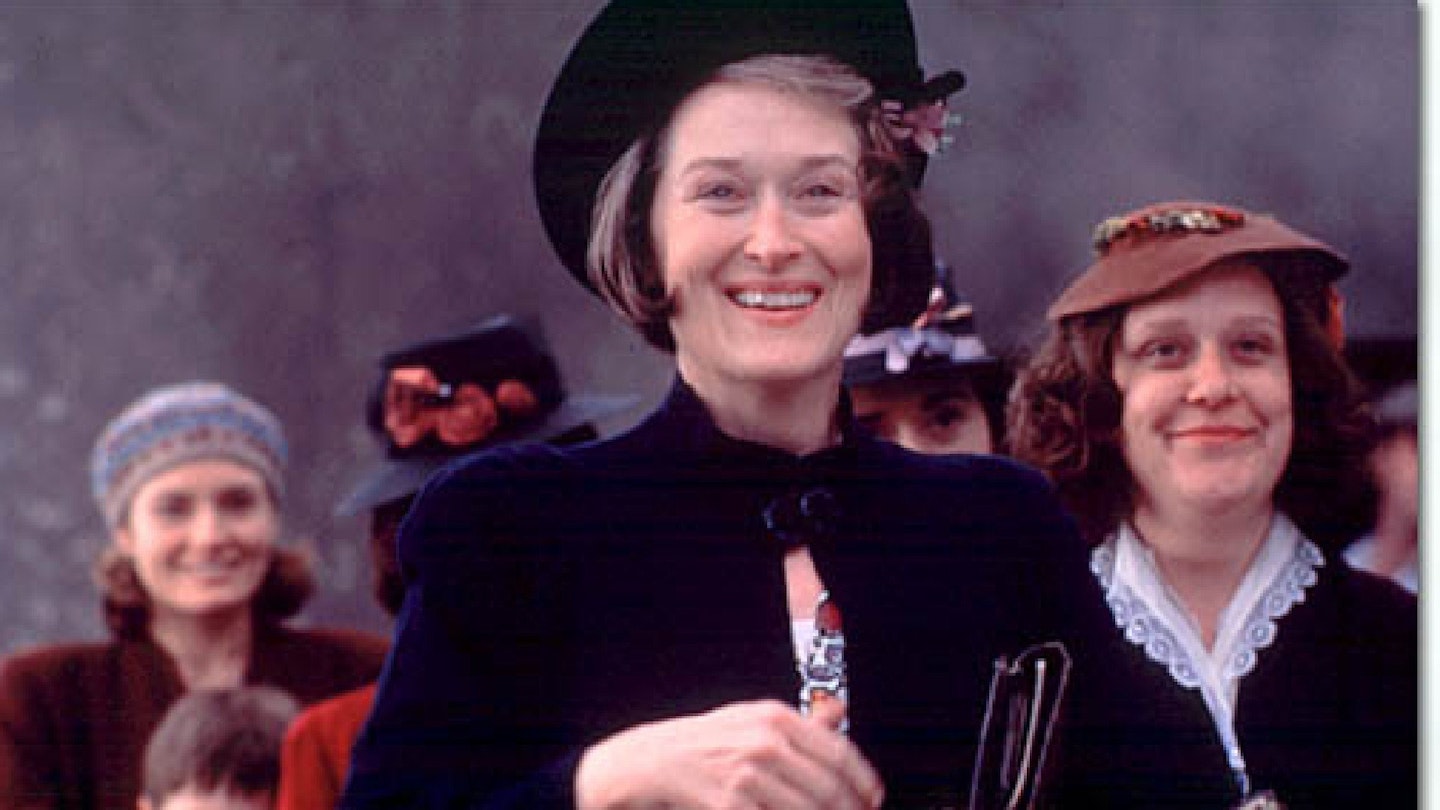Possessing all the elements that make up what has become disparagingly known as a chick flick - a group of women living in isolation, talking, laughing and crying together until the arrival of men brings doubt, exposes secrets and forces change - O'Connor's moving drama offers more guts and soul than are generally associated with the genre.
It's 1936 and eight-year-old Michael (Darrell Johnston) is living in the Eden that is his life in Ireland with his unmarried mother (McCormack) and her four sisters. The festival of Lughnasa looms - dancing around bonfires in honour of Lugh, the Celtic god of light. Although the sisters' hearts cry out for the freedom to join in, the social, economic, religious and sexual restraints are too strong.
The tension is high, therefore, when brother Jack (Gambon) arrives, after 25 years as a missionary in Africa, bringing with him an alternative perception of morality, closely followed by Michael's father Gerry (Rhys Ifans), who raises more strong feelings among the sisters. Against these two, matriarch Kate (Streep) struggles to maintain the moral and physical well-being of the sisters.
Though largely catalytic, the men's own self-questioning lifts the story above the ordinary - at opposite ends of the same pole, each is looking at his own contribution to the wider world. Away from romantic lead material, Streep is exceptional as the fiftysomething spinster teacher who assumes responsibility for the whole family, working well within an ensemble which exudes class. Burke puts in an exhilarating performance as second sis Maggie, bubbling over with life and laughter, while Gambon is at once worldly wise and childishly vulnerable as the outcast priest.
